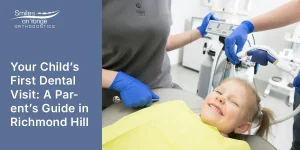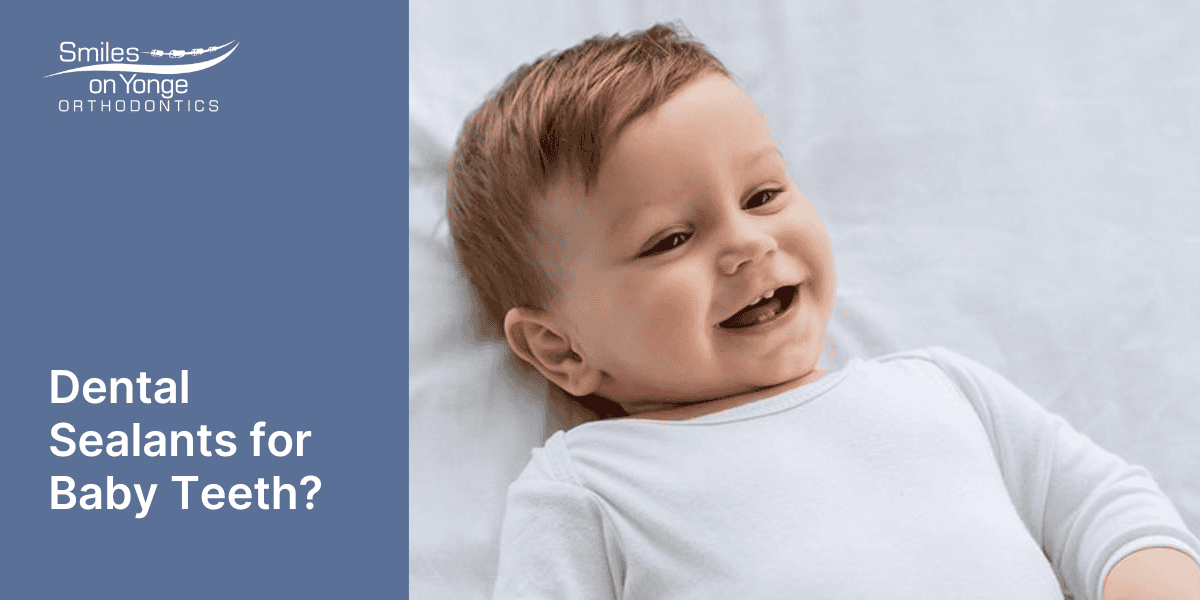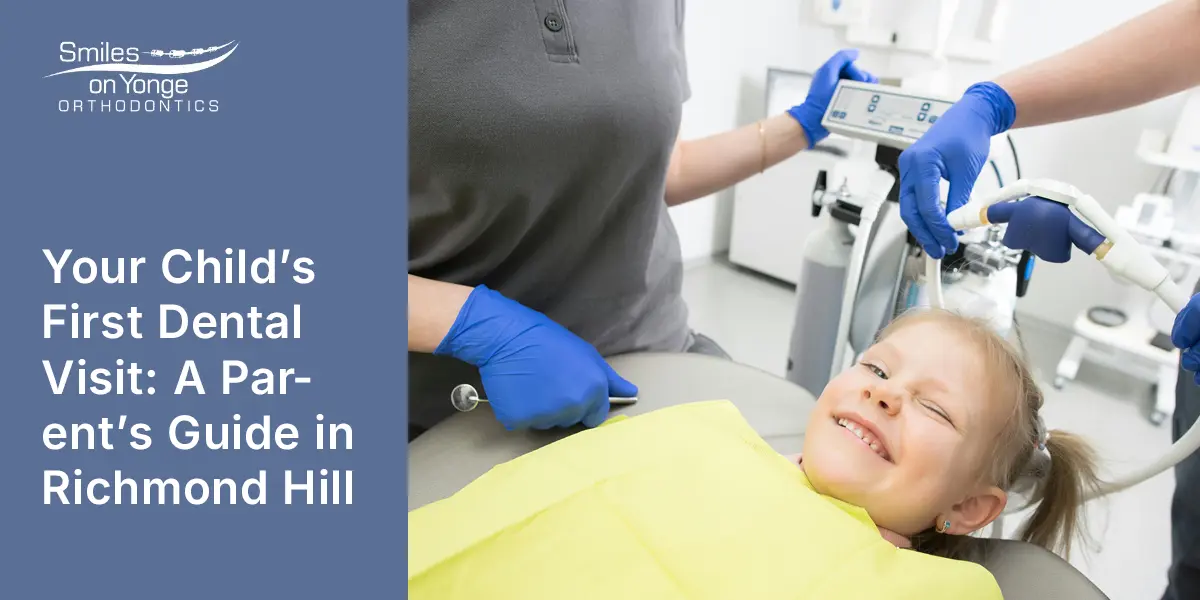
BLOG
Dental Sealants for Baby Teeth?

Perhaps you’ve heard your friends talking about dental sealants, and how well they prevent cavities. And as soon as your child’s permanent molars come in, you absolutely plan to make an appointment at our pediatric dentistry in Richmond Hill, ON, clinic for this treatment. But should you also be concerned with your child’s baby teeth? Could they benefit from sealants too?
Even though these lovely baby teeth will eventually be replaced by permanent ones, they still need protection. Primary teeth support speech development, help your child learn proper chewing and eating habits, and act as placeholders for permanent teeth to erupt in the right position. That’s why you’ve been diligent in helping your child brush and floss twice a day and ensuring regular visits to our office for exams and cleanings.
However, some teeth are more difficult to keep clean with regular brushing. Primary molars, like permanent molars, feature depressions and grooves on their chewing surfaces. These areas trap bacteria and food particles that are difficult for toothbrush bristles to clean thoroughly, creating an ideal environment for cavity formation in these small molars.
Cavities are not the only problem which can affect primary teeth. Because baby teeth have thinner layers of protective enamel, a cavity can reach the pulp (the center of the tooth) more quickly, leading to pain and potential infection.
While baby teeth can be treated with fillings, restorations, and even stainless steel crowns, preventing tooth decay is always our first, best choice. And dental sealants are recommended by the American Academy of Pediatric Dentistry and the American Dental Association as one of the most effective ways to prevent cavities in both baby teeth and adult teeth.
Dental sealants are safe and effective. Sealants are thin coatings (usually a plastic resin or other dental material) that cover a molar’s grooves and depressions, making it impossible for bacteria and food particles to collect there. Applying them is a simple, pain-free process.
Each tooth will be examined first. If we detect any signs of decay, we will gently treat that area before applying the sealant. After the tooth is cleaned and dried, an etching solution will be brushed onto the surface area being sealed. This etching roughens the surface, allowing the sealant to adhere more effectively to the tooth. A thin coat of the sealant is then painted on and hardened under a curing light.
That’s all there is to it! Sealants typically last from three to five years, and some last even longer. Keep up your regular careful brushing and flossing, and we will monitor the condition of the sealants at each exam.
Discuss dental sealants with Dr. Raziee. We’ll let you know if your child can benefit from the procedure even before those baby teeth give way to permanent ones. It’s never too early to prevent tooth decay!
Recent Posts


Can I Get a New Retainer From a Different Orthodontist? Find Out

Is Invisalign Considered Orthodontics? 7 Reasons Adults Prefer It

Is Orthodontic Treatment Painful for Teens? What They Won’t Tell

Orthodontics 101: Can You Chew Gum With Invisalign?

Dental 101: Does Dental Insurance Cover Orthodontics?

Your Child’s First Dental Visit: A Parent’s Guide in Richmond Hill

Can I Get a New Retainer From a Different Orthodontist? Find Out

Is Invisalign Considered Orthodontics? 7 Reasons Adults Prefer It

Is Orthodontic Treatment Painful for Teens? What They Won’t Tell

Orthodontics 101: Can You Chew Gum With Invisalign?

Dental 101: Does Dental Insurance Cover Orthodontics?

Your Child’s First Dental Visit: A Parent’s Guide in Richmond Hill

Can I Get a New Retainer From a Different Orthodontist? Find Out

Is Invisalign Considered Orthodontics? 7 Reasons Adults Prefer It

Is Orthodontic Treatment Painful for Teens? What They Won’t Tell

Orthodontics 101: Can You Chew Gum With Invisalign?

Dental 101: Does Dental Insurance Cover Orthodontics?
Keep in Touch!
Smiles on Yonge
Monday: 8:00am - 4:00pm
Tuesday: 9:30am - 6:30pm
Wednesday: 8:00am - 4:00pm
Thursday: 9:30am - 6:30pm
Friday: 10:00am - 4:00pm
Saturday: call for availability
Keep in Touch!
Recent Posts

Your Child’s First Dental Visit: A Parent’s Guide in Richmond Hill




Orthodontics 101: Can You Chew Gum With Invisalign?
Contact Us
© All Rights Reserved smilesonyonge.ca
Privacy Policy | Terms of Use | Sitemap
